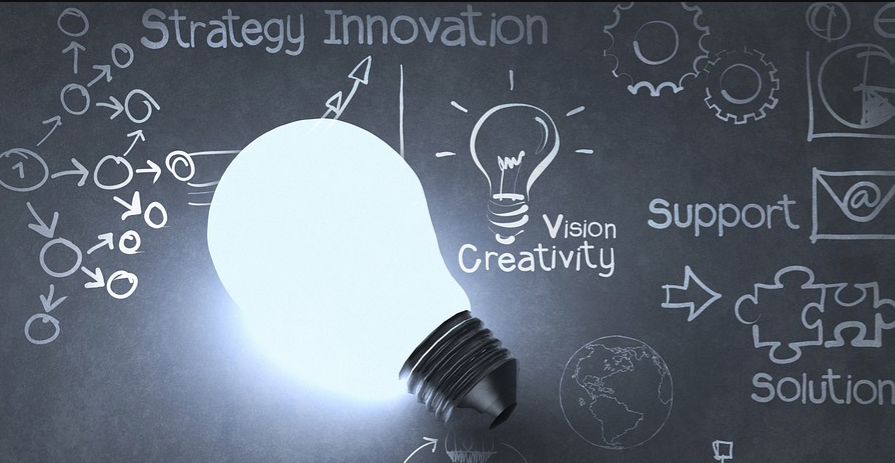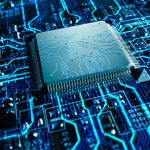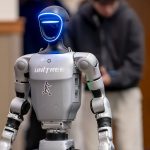Educational technology has majorly followed a similar story for the last few decades. All developments to date are basis the idea that advancements can only help automate the learning process in education. However, this aspect underestimates the impact of EdTech.
From the inception and discovery of EdTech, its sole purpose has been to support education by improving academic learning. There is a gradual shift in the ways EdTech companies are providing solutions. This article highlights the growing importance of customised and purpose-driven solutions in education technology.
Existing Setup
Various prevailing mechanisms help optimise a teacher’s work in a classroom. However, teachers find it insufficient to address all the concerns while educating their students.The educational fraternity highlights that irrespective of the type of technological tool used, what matters is:
- What purpose will it serve?
- How will it be in use?
- How can it improve the learning process?
- Does it replace the existing teaching methodology just for the sake of it?
Need For A Purpose-Driven Approach
Purposeful technology can change the way teachers impart knowledge today. It can help optimise and increase the efficiency of various tasks within a classroom. Personalised learning can create a platform where students can ideate. Monitoring each student’s progress is also possible via this method.
Students can seek help from purpose-driven solutions available online. These include seeking homework help, getting inputs to write better essays, or referring to book summaries. The availability of experts at such portals to get personalised solutions helps increase the efficiency of the approach.
Purposeful learning holds students at the centre of the educational experience. There is a collaboration between students and teachers for setting and achieving targets, which are beyond the scope of the current methodology. Students involved in defining the objectives help increase their enthusiasm and participation to acquire knowledge. Experts suggest the use of the following guidelines for incorporation of EdTech:
- Technology should never be a mandate rather an optional choice,
- Feedback should guide how to enrich teacher-student interactions, and
- The social setting must be part of the consideration set for resource generation to improve learning quality.
Defining The Purpose And Use Of Technology
Experts suggest teachers should ideate whether every student has access to a particular technology before implementation. Accessibility and affordability are the drivers of the decision-making process. The apt fitment of technology with the target set can help deliver a better methodology to transmit knowledge.
Technology can help meet the varying needs of students. There is no existing perfect technology that is fit for every student. It is because every student is exceptional.
These processes should also consider the students with some impairment issues like vision problems, dyslexia, or a language barrier. The last issue is a concern for students from underprivileged families. All these necessitate a functional strategy design for every individual in varying contexts.
Purposeful technology can help to:
- Generate self-determination among the students
- Increase their interest to have active participation in learning
- Developing productive interpersonal skills
- Improving their overall performance
Customised Learning
Experts propose customised learning as an active collaborative tool between students and teachers. It can help ideate the designing of a model that helps to identify the needs, plan for execution, and have a model accordingly. Dr Ruben Puentedura proposes a SAMR model, which has:
- Substitution - This step refers to a condition where technology replaces a function that will otherwise take place without it
- Augmentation - This step refers to a condition where technology can execute a function better than what will take place in its absence.
- Modification - This step refers to redesigning a task and transforming it into a form that cannot happen without technology use. It is specifically different from the first two steps that help enhance the educational experience
- Redefinition - This step refers to creating new learning tasks that are impossible to perform without technology use. Thus, these sets of activities are unthinkable in the absence of technology
To conclude, the application of educational technology can happen using various systems. EdTech can improve the existing methodology. However, its adoption with a specific purpose will have a long-term impact on education.
The above approach will help have mechanisms in sync with the teachers' and students' requirements. It will help increase the possibility of students performing this task focusing on the end goal, skill sets, and taste. Therefore, educators can provide a continuously stimulating learning platform to the students.











